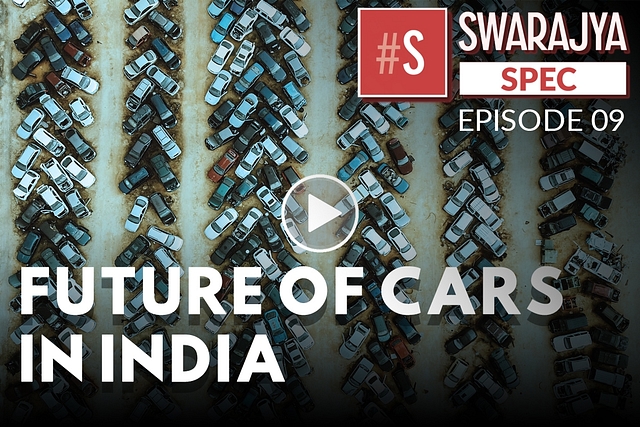
Why India’s Car Industry Needs To Rethink Its Business Model
Transcript:
People in India aren’t buying enough passenger vehicles --- that is, cars and SUVs --- anymore.
Passenger vehicle sales in April were recorded to have dropped the most in five years. Two-wheeler sales also fell by a similar percentage, which essentially means a fall of over three lakh vehicles from the corresponding month last year.
Now, it would be a mistake to think of this as just a phase. The car industry would risk falling flat on its face if it simply sought to ride this out.
Therefore, it needs to think long and hard about how it will operate in the future.
But before this fall, there was a car boom in India. And it came about largely for a couple of reasons.
One, because of poor policy and sometimes plain neglect of public transport, car sales shot up hugely as people preferred to depend on their own vehicles to go around town.
This, combined with favourable taxation treatment, helped the industry grow rapidly.
But with traffic spiralling out of control, even in many small towns, let alone the big cities, and pollution taking a toll on public health, governments began to think seriously about public transport and started investing considerably more in developing bus and metro networks.
But this alone would not have dented the sales of passenger vehicles. What hurt the industry more was the introduction of technology-enabled ride sharing services, which increased people’s reliance on cabs, and buying a car suddenly became something you could hold off for a bit, if not altogether.
So on the whole, what you have now is fewer cars, but each car, on average, doing a lot more.
As Swarajya editorial director R Jagannathan wrote in his story, “demand for cars is going down because productivity is going up.”
The average privately owned car is not doing a lot of trips. And the number of such cars per household is coming down to settle in at around one instead of two or three as in years gone by.
And that’s not it. There is now also a push away from the more polluting diesel fuel.
The new emission norms under Bharat Stage VI, which kick in from April next year, will make diesel engines costlier to produce in the smaller vehicle ranges.
And public policy is unmistakably going to nudge the car industry in the direction of electric vehicles or at least hybrids in lieu of India’s pollution problem.
The future growth of the car industry will, thus, depend on how it responds to these challenges.
And with a plateauing customer base, perhaps there won’t even be enough space for all car makers to run their shops as well as they’d like.
It’s going to be an interesting next few years for the industry as it finds itself compelled to rethink its business model.
*
Wait up! Grab a bigger bite of this story as authored by R Jagannathan.
Read: Indian Car Industry Can’t Depend On Steroids For Growth; It Has To Rethink Business Model
*
Subscribe to Swarajya on YouTube for regular videos.